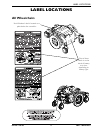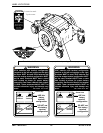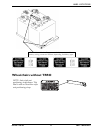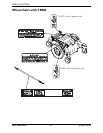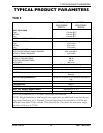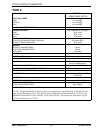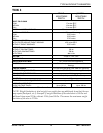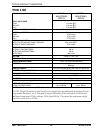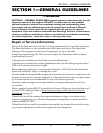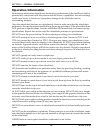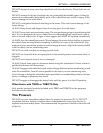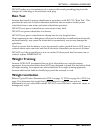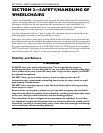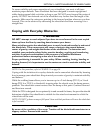
SECTION 1—GENERAL GUIDELINES
Part No 1143150 17 TDX™ Wheelchairs
SECTION 1—GENERAL GUIDELINES
ƽ WARNING
SECTION 1 - GENERAL GUIDELINES contains important information for the safe
operation and use of this product. DO NOT use this product or any available
optional equipment without first completely reading and understanding these
instructions and any additional instructional material such as Owner’s Manuals,
Service Manuals or Instruction Sheets supplied with this product or optional
equipment. If you are unable to understand the Warnings, Cautions or Instructions,
contact a healthcare professional, dealer or technical personnel before attempting
to use this equipment - otherwise, injury or damage may occur.
Repair or Service Information
Set-up of the Electronics Control Unit is to be performed only by a qualified technician.
The final adjustments of the controller may affect other activities of the wheelchair.
Damage to the equipment could occur if improperly set-up or adjusted.
Except for programming, DO NOT service or adjust the wheelchair while occupied,
unless otherwise noted.
A pinch point exists between head tube cap and walking beam.
A pinch point exists between walking beam/head tube cap and telescoping tube when
TDX is at the lowest seat to floor height.
Before adjusting, repairing or servicing the wheelchair, ALWAYS turn the wheelchair
power Off, otherwise, injury or damage may occur.
Invacare products are specifically designed and manufactured for use in conjunction with
Invacare accessories. Accessories designed by other manufacturers have not been tested
by Invacare and are not recommended for use with Invacare products.
Transport ready packages are not retrofittable to existing models and are not field
serviceable.
Battery support brackets MUST be installed at all times. Otherwise, the wheelchair will
not be WC/19 compliant. Refer to Removing/Installing the Batteries From/Into the
Wheelchair on page 53.
Wheelchairs should be examined during maintenance for signs of corrosion (water
exposure, incontinence, etc.). Electrical components damaged by corrosion should be
replaced IMMEDIATELY.
Wheelchairs that are used by incontinent users and/or are frequently exposed to water
may require replacement of electrical components more frequently.



